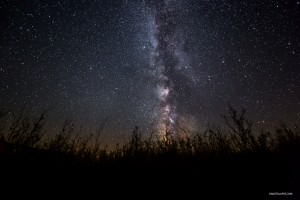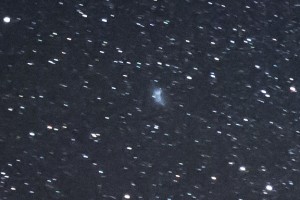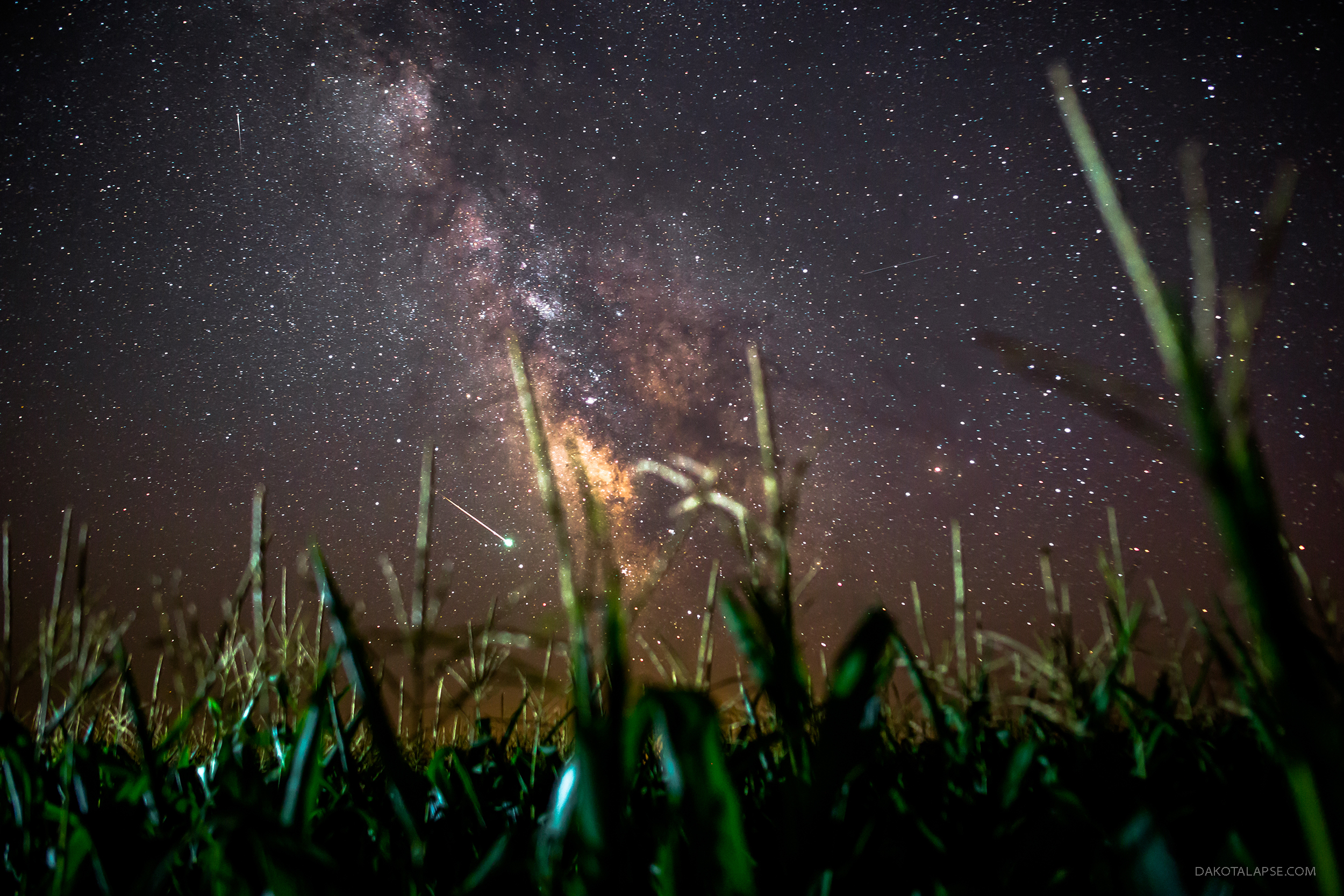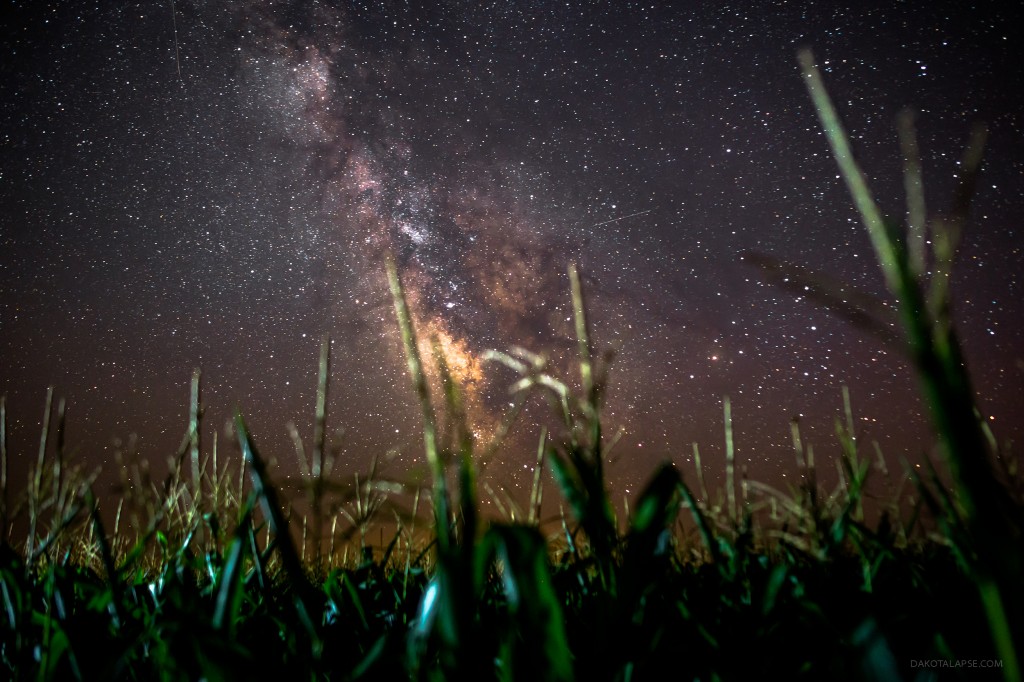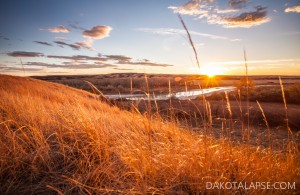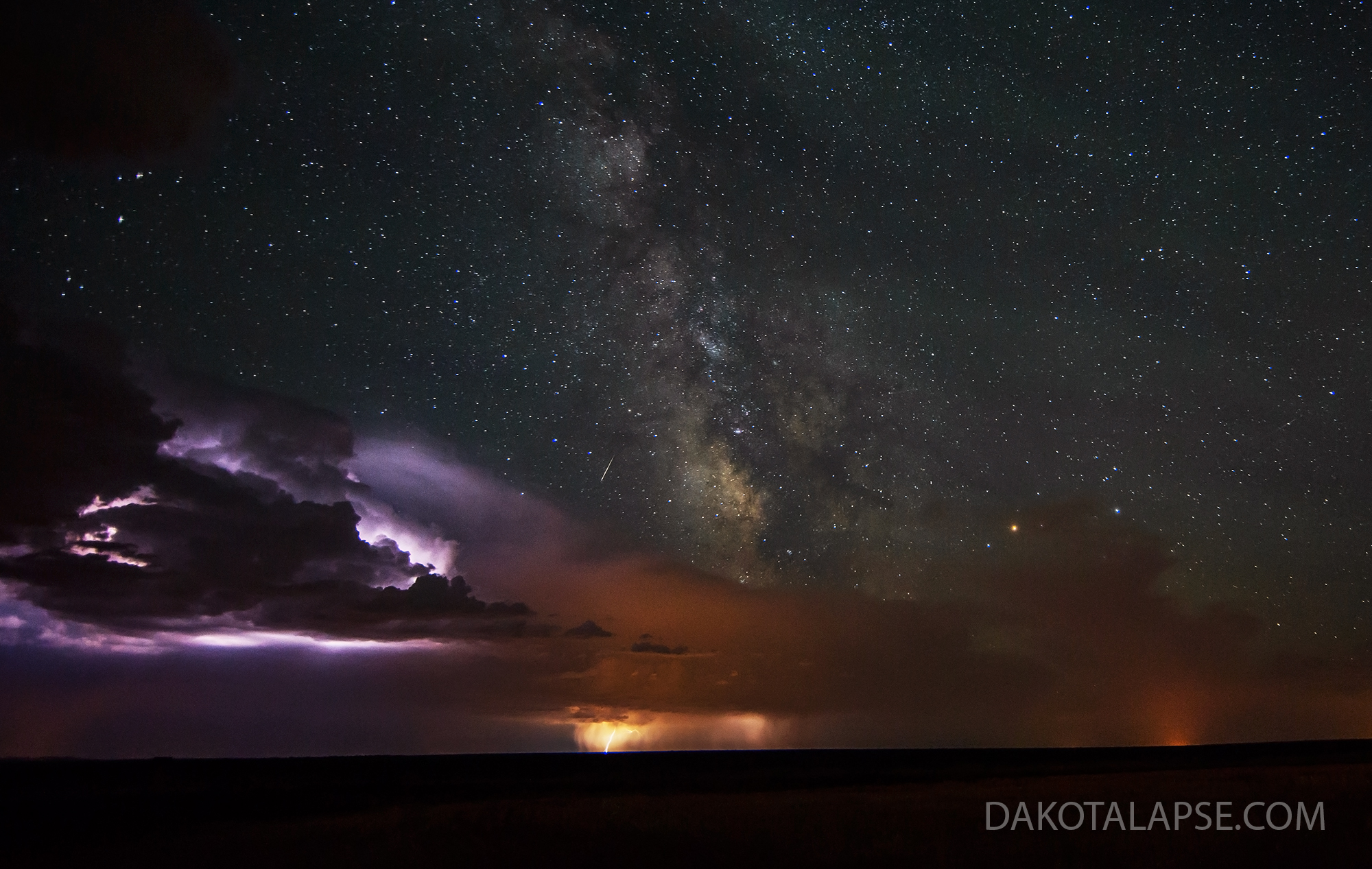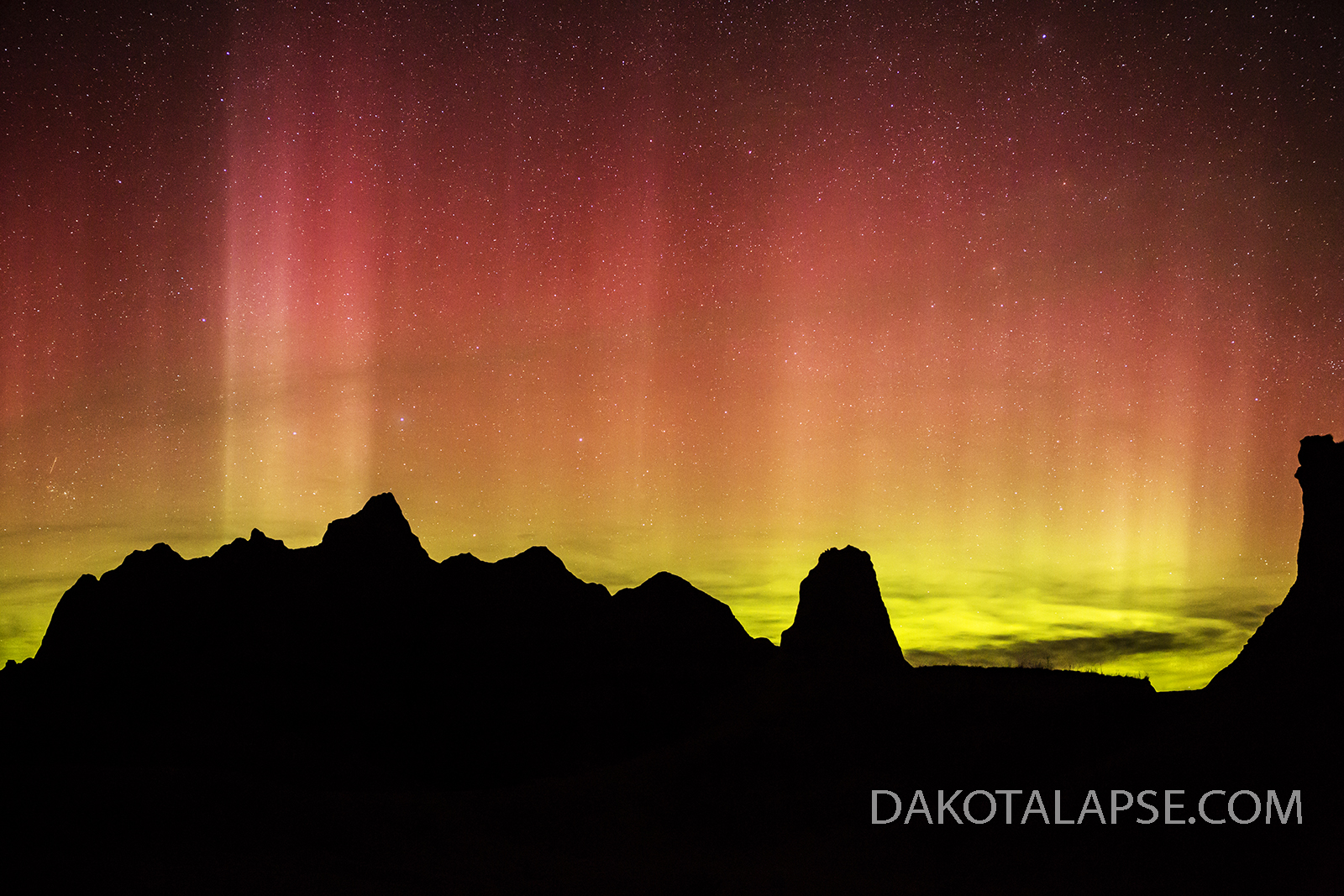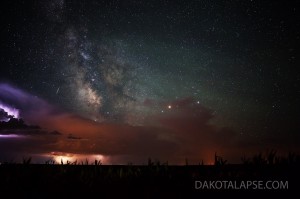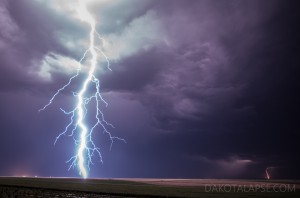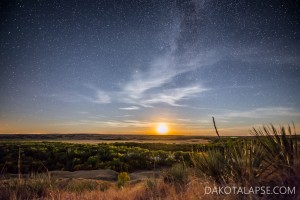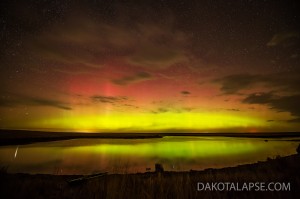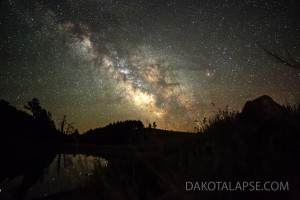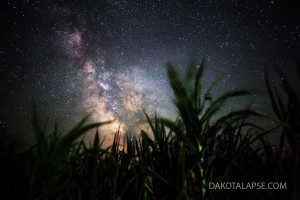Trails End is a compilation of some of my favorite timelapse shots from 2014, with a few Aurora shots from early this year. On many of the locations, I used my Palomino SS-1251 truck camper from Cheyenne Camper Center, often ending up near the end of some remote trail. It was shot in Wyoming, Utah and South Dakota. You can see the rest of the 100+ full length sequences, on the 30+ minute “Trails End” feature, which you can download here or the link below. Available in 4K UHD, up to 4096 X 2304, for licensing. 2016 Badlands Night Sky Workshop schedule

Some events to watch for:
The slower moving light streaks are airplanes, the fast ones are satellites. I also caught many meteors which are only 1 frame or 1/24th of a second on the timelapse.
:56 Bolide Meteor
1:01 Aurora at Devils Tower and throughout video
1:33 Two Bolide Meteors
Meteors With Persistent Trains 2:29 very fast and short persistent train to right of the Milky Way, a better one at 3:20
2:43 Final Boost Stage of GSSAP and ANGELS satellites
2:55 Owl sitting in tree
3:00 Pink Aurora in the sand dunes of Wyoming’s Red Desert
3:14 Sprites and Gravity Waves
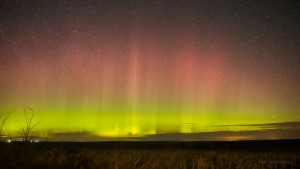
Photography and Editing – Randy Halverson
Production Assistant – River Halverson
Opening Title graphics – Luke Arens
Music – “The Last Stand” licensed from Audiojungle
Title and Credit Music – Simon Wilkinson at TheBlueMask.com

Sponsors:
Cheyenne Camping Center – They gave me a great deal on a Palomino Palomino SS-1251 camper which worked great, they also have a great service department.
Camera Gear Used
2 Canon 5D Mark III’s
1 Canon 6D
Nikon D810
Lenses
Nikon 14-24
Rokinon 35
Canon 16-35
Zeiss 21
Sigma 15mm Fisheye
Sigma 8mm Fisheye
Canon 200mm
Canon 70-300
Contact for licensing footage, shooting rates or anything else.
Randy Halverson
dakotalapse@gmail.com
Follow:
Facebook facebook.com/dakotalapse
Instagram instagram.com/dakotalapse
Twitter twitter.com/dakotalapse



